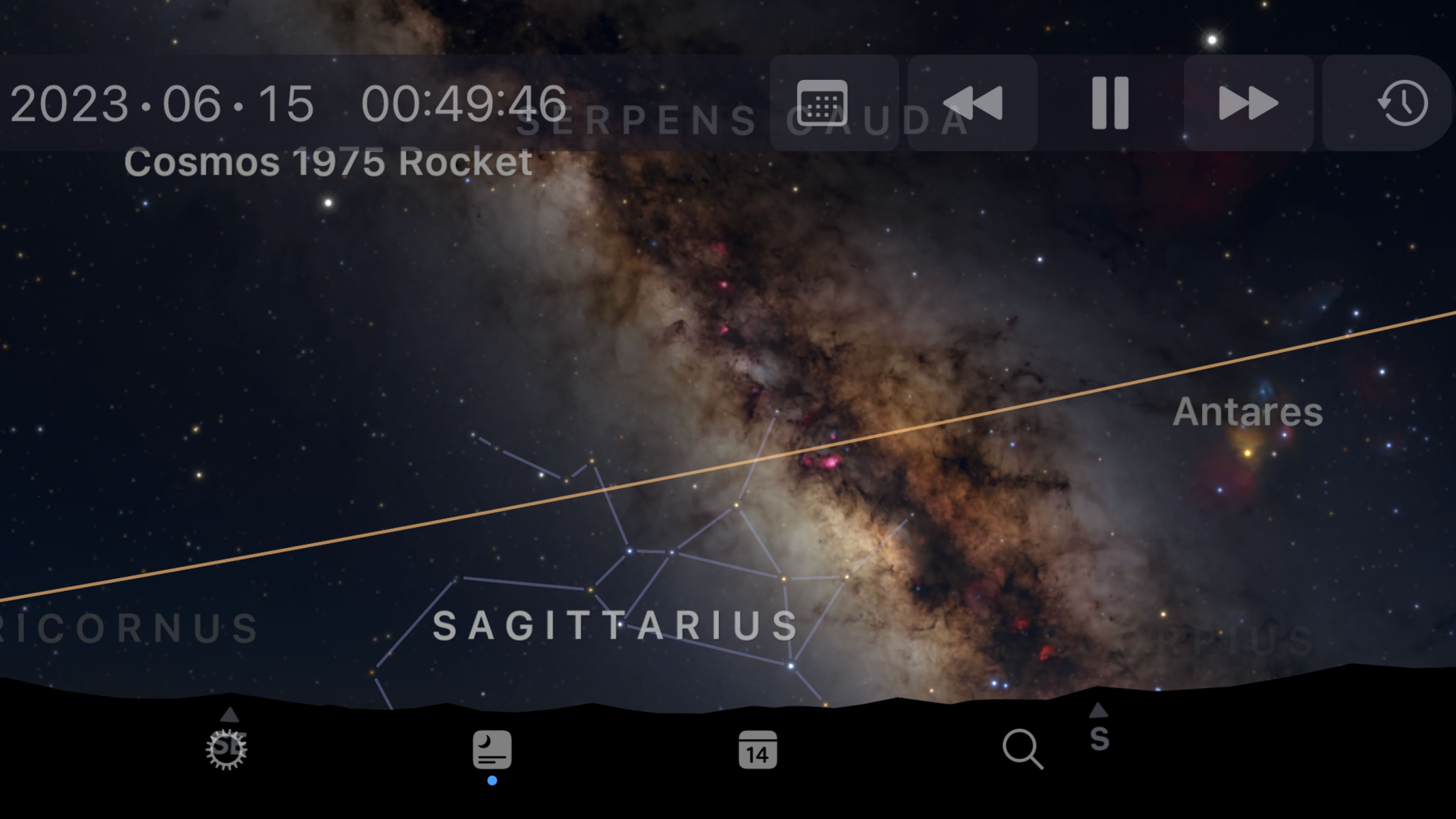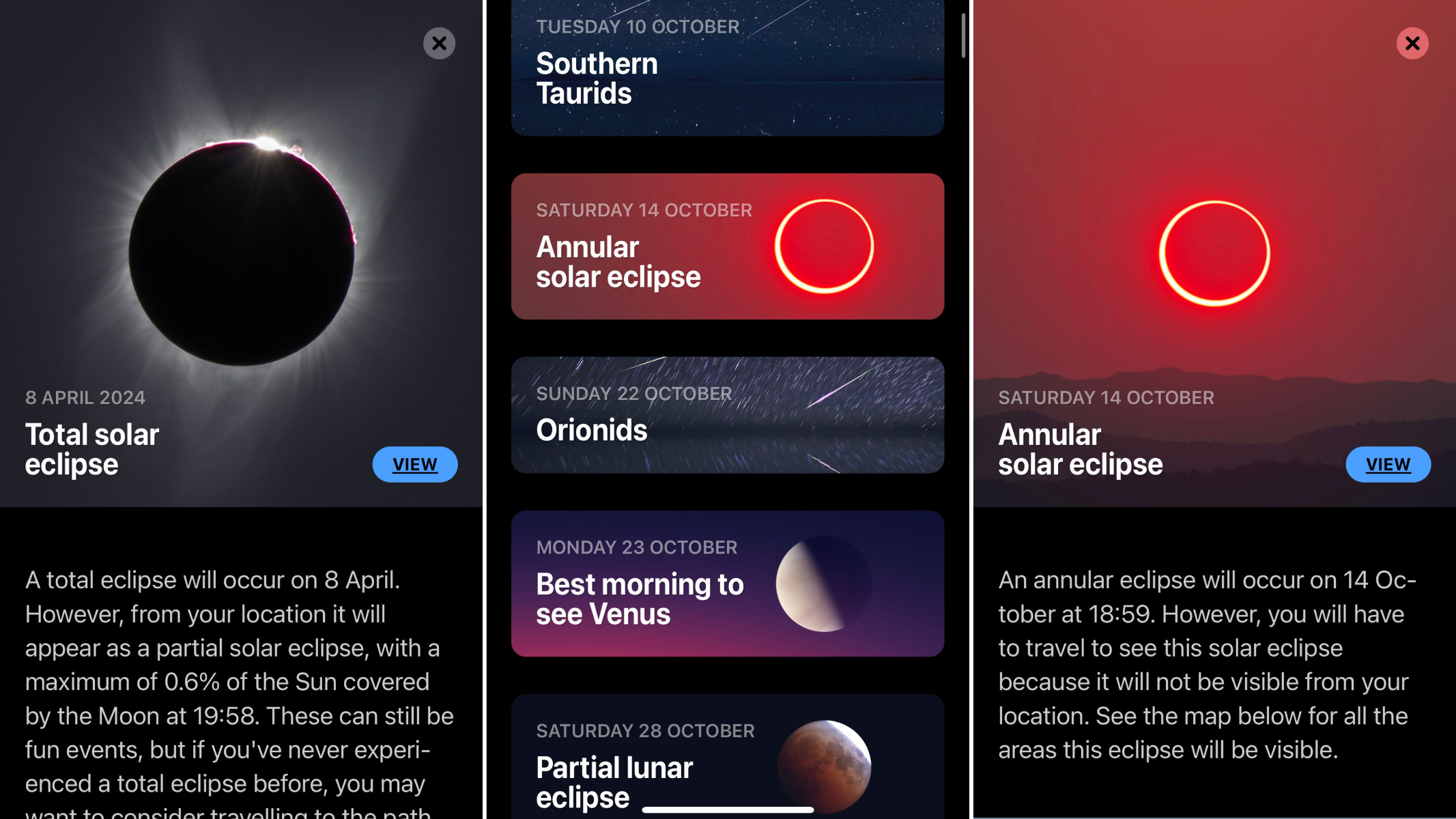Exploring The Universe With Telescopes: Your Ultimate Guide To Stargazing
So here's the deal—stargazing is not just for dreamers and sci-fi enthusiasts anymore. It's become a full-blown passion for people all over the globe. And guess what? Exploring the universe with telescopes has never been more accessible or exciting. Whether you're a newbie or a seasoned astronomer, this guide is your golden ticket to unlocking the mysteries of the cosmos. So grab your favorite drink, get comfy, and let's dive into the wonders above!
Let’s be real—there’s something magical about looking up at the night sky. But when you bring telescopes into the mix, it’s like opening a secret door to another world. This ultimate guide to stargazing will show you how to make the most out of your cosmic adventures. From picking the right telescope to spotting celestial objects, we’ve got you covered.
Before we dive deeper, let me drop this on you: the universe is massive. Like, seriously massive. And the best way to explore it is by using telescopes. They’re not just tools; they’re your keys to unraveling the mysteries of stars, planets, galaxies, and everything in between. Ready? Let’s go!
- Aaron Rodgers Married Unveiling His Relationships Amp Status 2024 Update
- David Draiman The Rock Icon Of Disturbed His Life Story
Why Telescopes Are Your Best Friend in Stargazing
Alright, let’s talk about why telescopes are the real MVPs when it comes to stargazing. Without them, you’d be stuck squinting at the night sky with your naked eyes, hoping to catch a glimpse of something cool. But with telescopes, you can zoom in on distant stars, planets, and galaxies like a pro. They’re basically your personal space travel machines, minus the spaceship.
Telescopes work by collecting and magnifying light from distant objects. This means you can see things that are millions of light-years away as if they were right in front of you. Cool, right? And the best part? There are tons of options out there, so you can find one that fits your budget and skill level.
Types of Telescopes You Need to Know
Now, let’s break it down. Not all telescopes are created equal. There are three main types you should know about: refractors, reflectors, and catadioptrics. Each one has its own pros and cons, so it’s important to understand what they do before you make a purchase.
- Refractors: These are the classic telescopes you probably picture in your mind. They use lenses to gather and focus light, making them great for observing planets and the moon. Plus, they’re low-maintenance, which is a big plus.
- Reflectors: These bad boys use mirrors instead of lenses, which makes them more affordable and better for deep-sky objects like nebulae and galaxies. However, they require a bit more upkeep than refractors.
- Catadioptrics: Think of these as the Swiss Army knives of telescopes. They combine lenses and mirrors, giving you the best of both worlds. They’re compact, portable, and perfect for all kinds of stargazing adventures.
So, which one should you choose? That depends on what you want to see and how much you’re willing to spend. But don’t worry—we’ll cover that in more detail later.
How to Choose the Right Telescope for You
Picking the right telescope can feel overwhelming, especially if you’re new to stargazing. But don’t sweat it. Here’s a quick rundown of what you need to consider:
First things first—think about your goals. Are you planning to observe planets, galaxies, or both? Knowing this will help you narrow down your options. Next, consider your budget. Telescopes can range from a couple hundred bucks to thousands of dollars, so set a limit before you start shopping.
Key Factors to Consider
When choosing a telescope, there are a few key factors you should keep in mind:
- Aperture: This is the size of the main lens or mirror. The bigger the aperture, the more light the telescope can gather, which means better views of faint objects.
- Magnification: While magnification is important, it’s not everything. A telescope with a high magnification won’t do you much good if it doesn’t have a large enough aperture.
- Portability: If you plan to take your telescope on the go, make sure it’s lightweight and easy to set up.
- Mount: The mount is what holds your telescope steady. A good mount is crucial for clear and stable views.
Pro tip: Don’t get suckered into buying a telescope based on its advertised magnification. Focus on the aperture instead—it’s what really matters.
Setting Up Your Telescope Like a Pro
Alright, you’ve got your shiny new telescope. Now what? Setting it up properly is key to getting the most out of your stargazing experience. Here’s a step-by-step guide to help you get started:
First, find a dark spot away from city lights. Light pollution can ruin your views, so try to get as far away from it as possible. Next, assemble your telescope according to the instructions. Take your time—rushing can lead to mistakes.
Tips for Better Alignment
Once your telescope is set up, you’ll need to align it with the stars. This might sound tricky, but it’s actually pretty straightforward. Here’s how:
- Use a finder scope or red-dot finder to help you locate objects in the sky.
- Start with bright objects like the moon or a planet to get the hang of it.
- Adjust the focus until the image is sharp and clear.
And don’t forget to let your telescope adjust to the outside temperature. This can take a while, but it’ll make a big difference in the quality of your views.
Exploring the Night Sky: What to Look For
Now that your telescope is ready to go, it’s time to explore the night sky. But where do you start? Here are some must-see objects that will blow your mind:
- The Moon: Our closest celestial neighbor is a great place to start. You can see craters, mountains, and even lava plains.
- Planets: Jupiter’s moons, Saturn’s rings, and Mars’ reddish surface are all visible with the right telescope.
- Stars and Star Clusters: From the Pleiades to the Orion Nebula, there are countless star clusters to discover.
- Galaxies: While they might look like fuzzy blobs, galaxies like Andromeda are worth the effort to find.
Remember, the more time you spend observing, the better you’ll get at spotting these objects. So don’t get discouraged if you don’t see everything right away.
Understanding the Basics of Astronomy
Stargazing isn’t just about pointing your telescope at random spots in the sky. To truly appreciate what you’re seeing, it helps to understand some basic astronomy concepts. Here’s a quick crash course:
First, let’s talk about the celestial sphere. Think of it as an imaginary sphere surrounding Earth, with all the stars and planets projected onto it. This helps astronomers locate objects in the sky using coordinates like right ascension and declination.
Key Terms to Know
Here are a few terms you’ll want to familiarize yourself with:
- Constellations: Patterns of stars that form recognizable shapes in the sky.
- Equinoxes and Solstices: Times of the year when the Sun reaches its highest or lowest point in the sky.
- Light-Year: The distance light travels in one year, which is about 9.5 trillion kilometers.
By understanding these concepts, you’ll be able to navigate the night sky like a pro.
Enhancing Your Stargazing Experience
Once you’ve got the basics down, there are tons of ways to enhance your stargazing experience. Here are a few ideas:
First, consider joining a local astronomy club. Not only will you meet other enthusiasts, but you’ll also have access to group events and expert advice. Plus, it’s always fun to share your passion with others.
Apps and Tools to Try
There are also plenty of apps and tools that can help you make the most out of your stargazing sessions. Some of our favorites include:
- Star Walk: A great app for identifying stars, planets, and constellations.
- SkySafari: A more advanced app that offers detailed information about celestial objects.
- Stellarium: A free planetarium software that simulates the night sky on your computer.
These tools can help you plan your observations, track objects, and even share your findings with others.
Common Mistakes to Avoid
Even the most experienced stargazers make mistakes from time to time. Here are a few common ones to watch out for:
- Buying the Wrong Telescope: Don’t rush into a purchase without doing your research. Make sure the telescope you choose fits your needs and budget.
- Ignoring Light Pollution: Trying to stargaze in a brightly lit area is like trying to read a book in a dark room. Find a dark spot if you want to see the best views.
- Not Practicing Patience: Stargazing takes time and practice. Don’t get discouraged if you don’t see everything right away.
By avoiding these mistakes, you’ll be well on your way to becoming a stargazing expert.
The Future of Stargazing
So where is stargazing headed in the future? With advancements in technology, the possibilities are endless. New telescopes, like the James Webb Space Telescope, are already making groundbreaking discoveries. And who knows? Maybe one day we’ll all have personal telescopes that can take us on virtual tours of the universe.
But for now, the best way to explore the cosmos is by getting out there and doing it yourself. Whether you’re using a simple pair of binoculars or a high-powered telescope, the night sky is waiting for you to discover its secrets.
Final Thoughts: Your Journey Begins Here
And there you have it—your ultimate guide to exploring the universe with telescopes. Stargazing is more than just a hobby; it’s a way to connect with something much bigger than ourselves. So don’t wait—grab your telescope, head outside, and start exploring the wonders of the cosmos.
Before you go, don’t forget to leave a comment and let us know what you think. And if you found this guide helpful, feel free to share it with your friends. The more people who discover the joy of stargazing, the better!
Remember, the universe is out there waiting for you. All you have to do is look up and take the first step. Happy stargazing!
- Urgent Is Your Ramen Safe A Deep Dive Into Recent Recalls
- Tara Reid The Untold Story Behind Her Fame Then And Now

Exploring The Universe With Your Ultimate Guide To

Sky Guide stargazing app review Space

Sky Guide stargazing app review Space